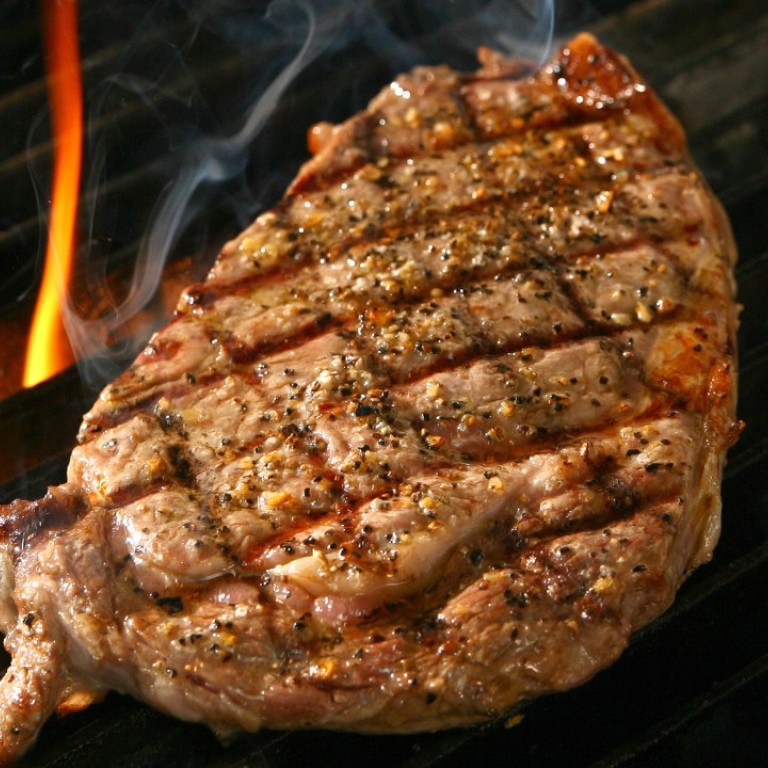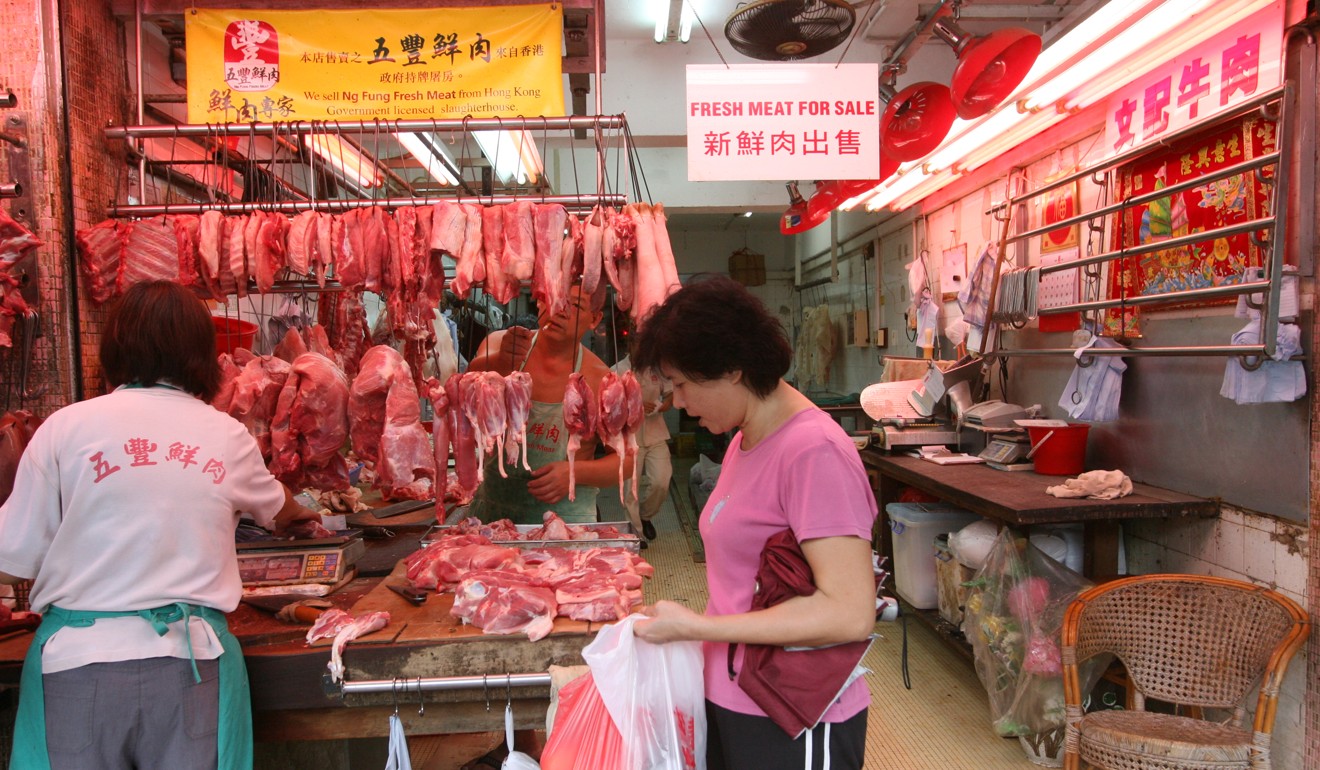
Why Hong Kong’s love affair with meat is leaving planet paying price through carbon emissions
City’s residents are among world’s biggest meat consumers, which is main reason for high greenhouse gas emissions per capita, researchers say
Visit a typical Chinese restaurant in Hong Kong and amid the hubbub there will be tables groaning under the weight of meat dishes – but you’ll be hard pressed to find more than the odd plate of vegetables around.
That is because the main course in Chinese cuisine is nearly always meat, nutritionist Kathy Ng Yiu-fan says. At a table for six, for example, there will be four or five meat dishes but just one of greens, she adds.
“In Chinese people’s mindset, meat is the major source of nutrition, and carbohydrates are the main cause of being overweight. As a result, even when people dine at home, many will eat lots of meat and few vegetables with little or no rice,” Ng says.

And because in many local restaurants, meat and vegetables are similarly priced, Hongkongers are more inclined to opt for the former as their main choice, the nutritionist says.
“We need to change the habit of consuming meat,” Ng says.
She is not alone in making such a call.
Excessive meat consumption has the potential to cause health problems but that has not stopped Hongkongers from tucking away more than three times the daily recommended amount on average, or the equivalent of at least two 10oz steaks per person, a university study found. And the planet may be paying the price.
Hong Kong-developed plant-based ‘pork’ passes chefs’ taste tests
Such hearty appetites have made the city one of the world’s biggest greenhouse gas emitters per capita, researchers from the University of Hong Kong’s earth sciences department said in a study.
According to Department of Health recommendations, the average adult should consume no more than 180g of meat, fish and egg per day, or the equivalent of a 6oz steak.
“Consuming a 10oz steak is equivalent to emitting around 20kg of carbon dioxide,” the researchers say.
They found that each Hongkonger ate 664 grams of meat per day – meaning the average daily consumption was four times higher than in Britain. The city’s residents are among the biggest meat consumers in the world, which is the main reason for Hong Kong’s high greenhouse gas emissions per capita, the researchers say. Locally, beef and pork are consumed the most.
Is a HK$2 billion love of fish maw worth endangering a species?
To assess the city’s carbon emissions the study used a different method, known as consumption-based accounting, rather than the government’s traditional production-based accounting approach, which only calculates emissions produced within the geographic boundary and neglects consumption of imported goods.
Government data showed that carbon emissions in Hong Kong were around 41.6 megatonnes carbon dioxide equivalent (CO2-e) in 2015, a fairly low number.

But under the new method, which takes into account emissions resulting from citizens’ actual consumption as well as all the related livestock activities that occur elsewhere, the city’s carbon emissions were 109 Mt CO2-e – more than double the official figure.
That also meant Hong Kong ranked as the seventh highest emitter per capita among 113 regions. Luxembourg topped the list, followed by the United States and Singapore.
“The situation is worse in the cattle rearing industry,” the study says, because cows produce a greenhouse gas much more potent than carbon dioxide during digestion.
Why doesn’t food-obsessed Hong Kong have its own signature dish?
The livestock industry accounts for 18 per cent of global human-caused greenhouse gas emissions, and fuels the greenhouse effect, according to the United Nations’ Food and Agriculture Organisation.
The researchers say the public should be made aware of carbon emissions from food to encourage people to reduce meat consumption or at least choose a type with a lower carbon footprint.
The team, led by environmental science graduate Yvonne Yau, also suggested that Hong Kong should take reference from countries such as Sweden and the Netherlands which provide carbon emissions reference figures in food guidelines, allowing consumers to choose low carbon footprint goods.

Under the Paris climate agreement, Hong Kong aims to reduce the city’s absolute carbon emissions by 26 to 36 per cent relative to 2005 levels by 2030. If Hongkongers limit their meat consumption to the recommended amount, the city’s livestock-related emissions can be cut by 67 per cent, the study concludes.
Doctors agree that Hongkongers should cut their meat intake to prevent a public health crisis.
Senior cardiologist Dr Bernard Wong Bun-lap says that too much red meat can increase the risk of colorectal cancer.
Sustainable eating is flavour of month – and it’s changing city’s food scene
The World Cancer Research Fund suggests that weekly intake should be less than 500g cooked weight, which is about 700 to 750g of fresh meat, as there is strong evidence that red and processed meats are a cause of colorectal cancer, the commonest cancer in Hong Kong.
But Wong says the link between meat consumption and high levels of cholesterol, which can lead to life-threatening diseases such as vascular sclerosis, remains disputed.
On improving Hongkongers’ eating habits, he says, the solution lies in “eating fresh food, eating organic food and eating food of all kinds”.
The study was published in the academic journal Environmental Research Letters last month.

